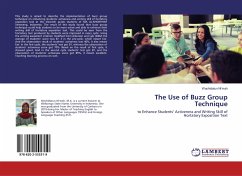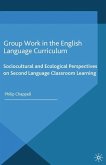Many Italo-Romance varieties are at risk of not
being recorded thoroughly and systematically before
their imminent extinction. Among those dialects
which scholars have largely overlooked are
peripheral Romagnol varieties like Sammarinese. This
book begins to fill this lacuna in Italian
dialectology by providing an historical and
synchronic study of Sammarinese phonology and
morphology based on the examination of old and
modern texts as well as copious oral data. The main
purpose of the work is to delineate diatopic
variation within the tiny Republic through
comparative analysis, while also addressing the need
for a more complete and precise definition of
Sammarinese s position in the Romagnol linguistic
group. In addition to confirming Sammarinese s
status as a Borderline Romagnol variety, the study
offers evidence that Sammarinese is divided
geographically into two main dialectal groups:
Northeastern and Southwestern. The secondary intent
of the book is to provide systematic, comprehensive,
and phonetically precise documentation of the
phonology and morphology of a moribund language.
being recorded thoroughly and systematically before
their imminent extinction. Among those dialects
which scholars have largely overlooked are
peripheral Romagnol varieties like Sammarinese. This
book begins to fill this lacuna in Italian
dialectology by providing an historical and
synchronic study of Sammarinese phonology and
morphology based on the examination of old and
modern texts as well as copious oral data. The main
purpose of the work is to delineate diatopic
variation within the tiny Republic through
comparative analysis, while also addressing the need
for a more complete and precise definition of
Sammarinese s position in the Romagnol linguistic
group. In addition to confirming Sammarinese s
status as a Borderline Romagnol variety, the study
offers evidence that Sammarinese is divided
geographically into two main dialectal groups:
Northeastern and Southwestern. The secondary intent
of the book is to provide systematic, comprehensive,
and phonetically precise documentation of the
phonology and morphology of a moribund language.








